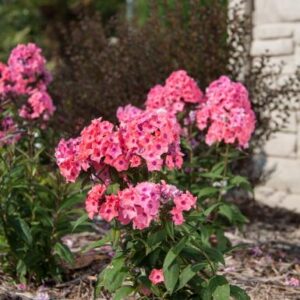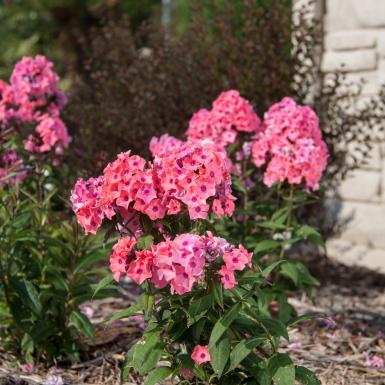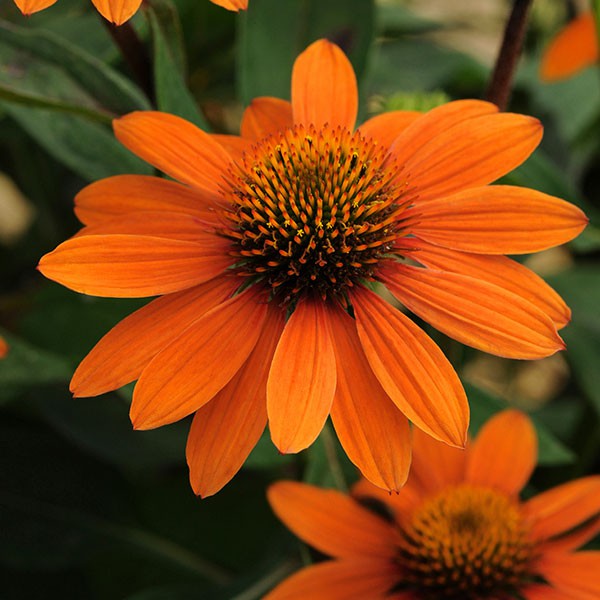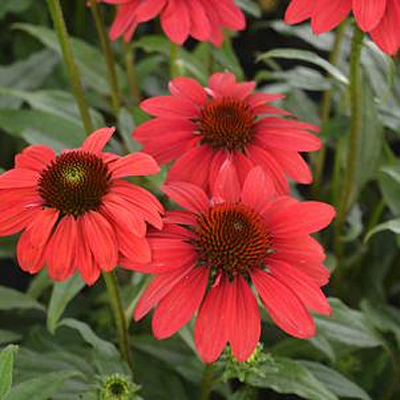Description
 Coral Crème Drop™ Phlox
Coral Crème Drop™ Phlox
Phlox paniculata ‘Ditomdre’ PP20,907
Lovely coral blooms with rosy eyes draw great attention to the Coral Creme Drop™ Phlox. The most mildew resistant phlox to date, Coral Creme Drop will bring months of tantalizing color and delicious fragrance to the summer garden.
Height
18-22″
Width
18-24″
Exposure
Full Sun
Zone
3-8




Reviews
There are no reviews yet.